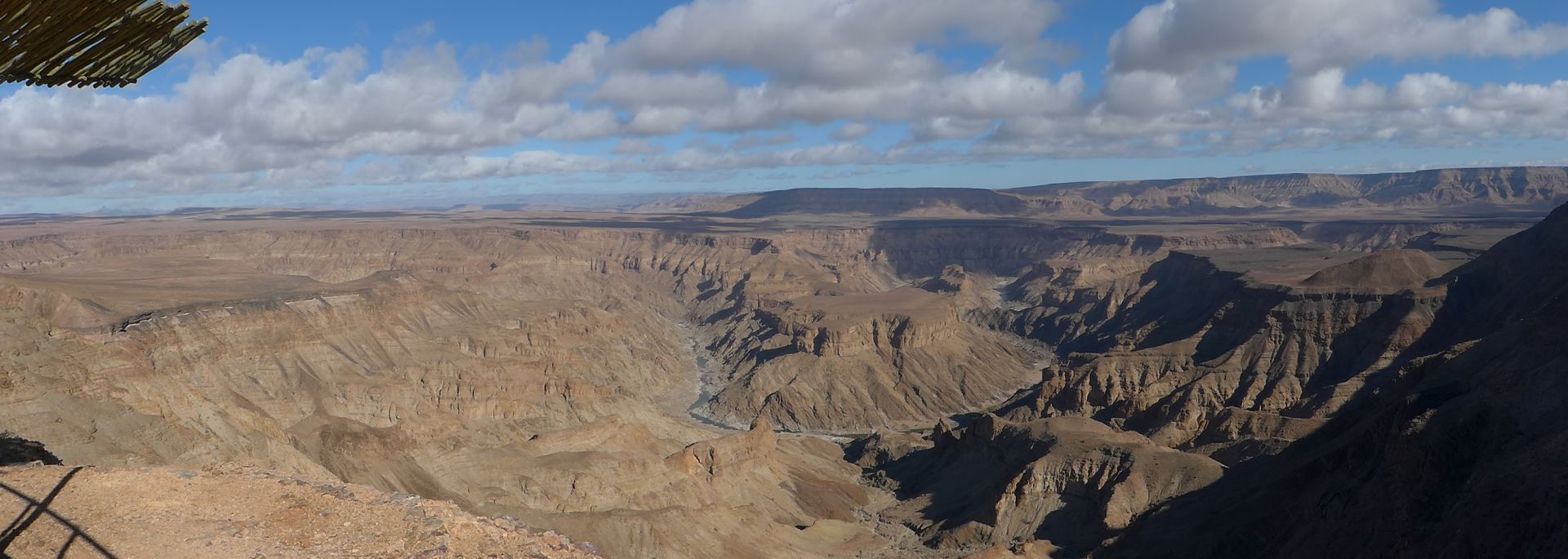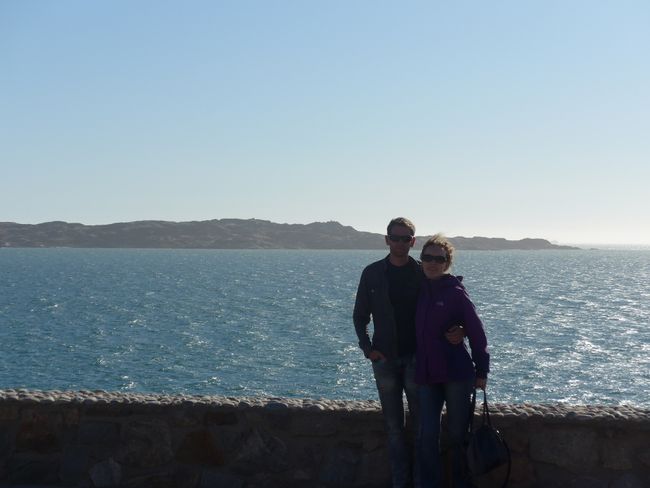Lyon (France Part 4)
نشرت: 07.05.2019
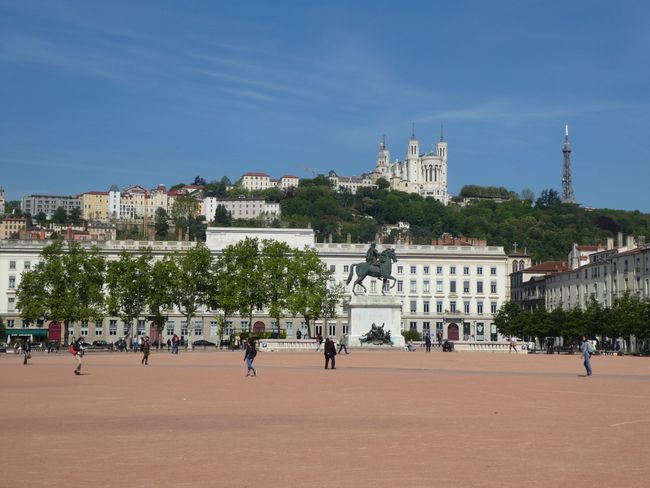
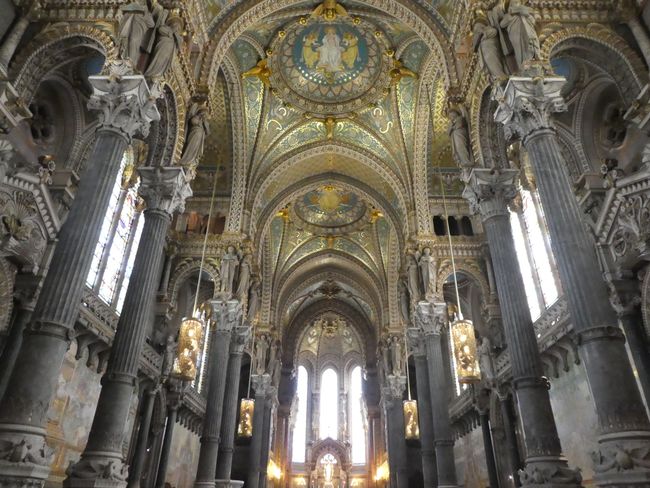
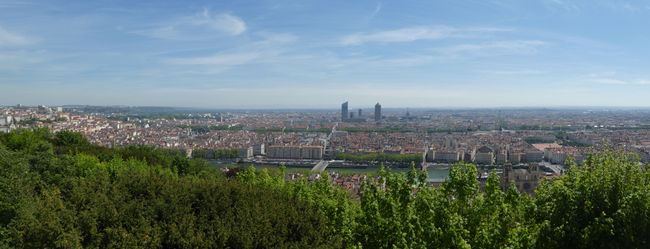
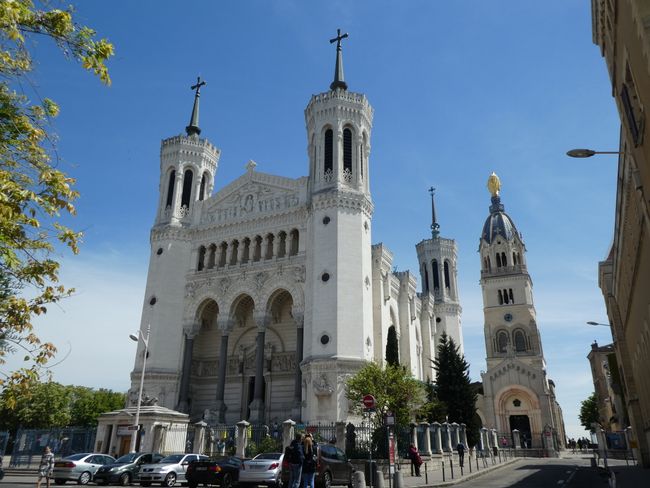
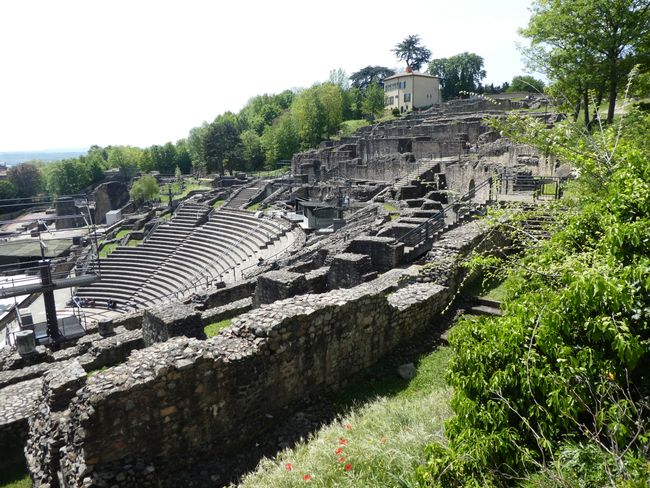
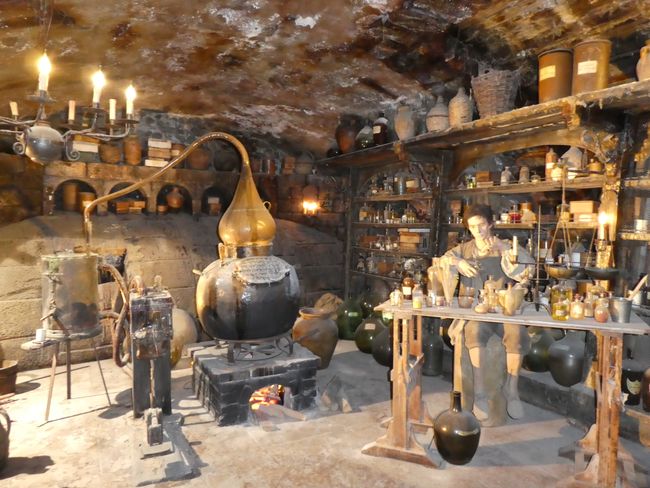
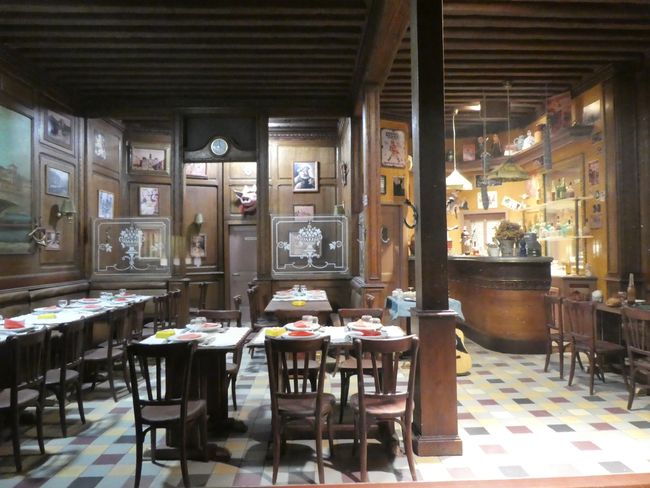
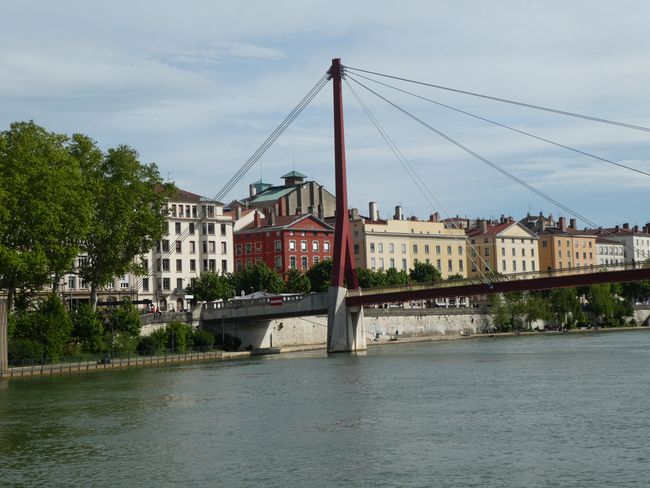
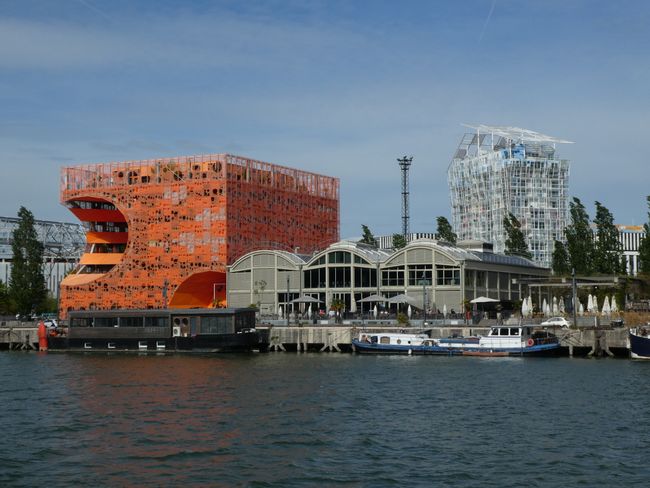
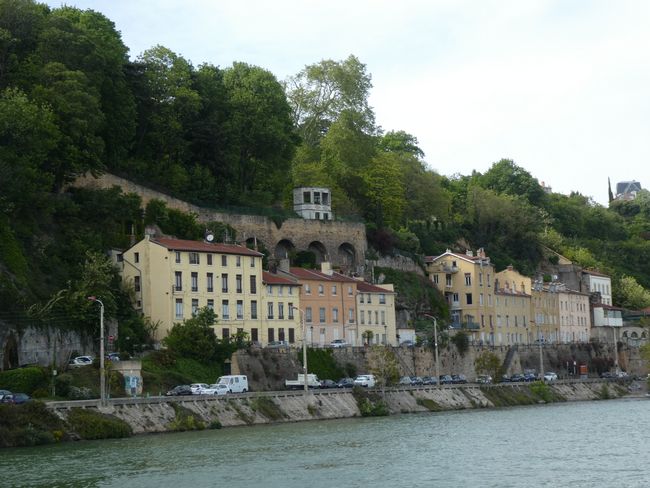
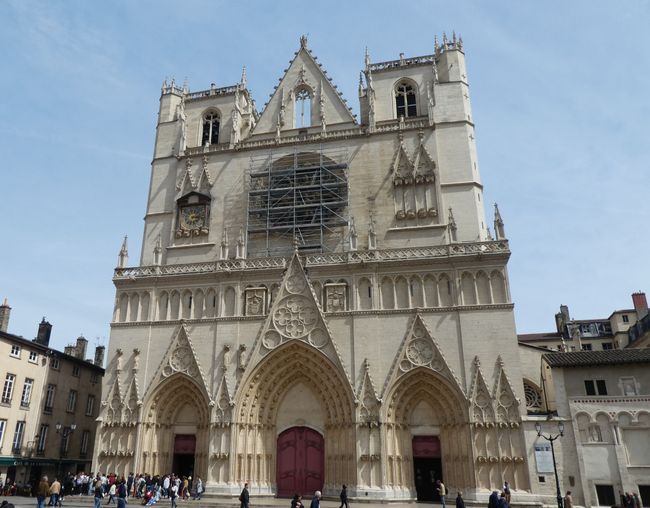

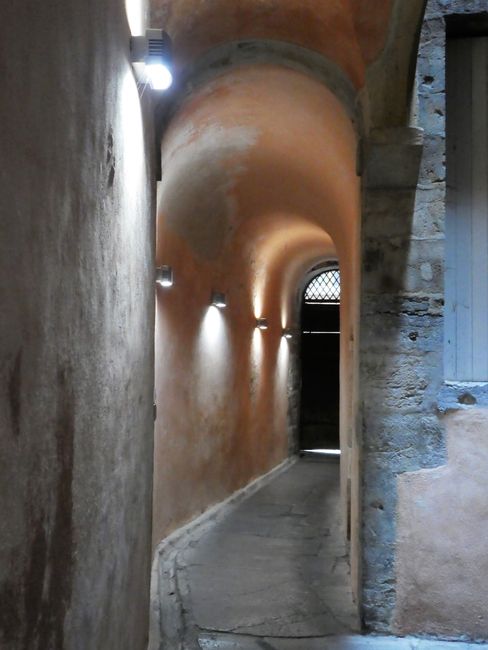
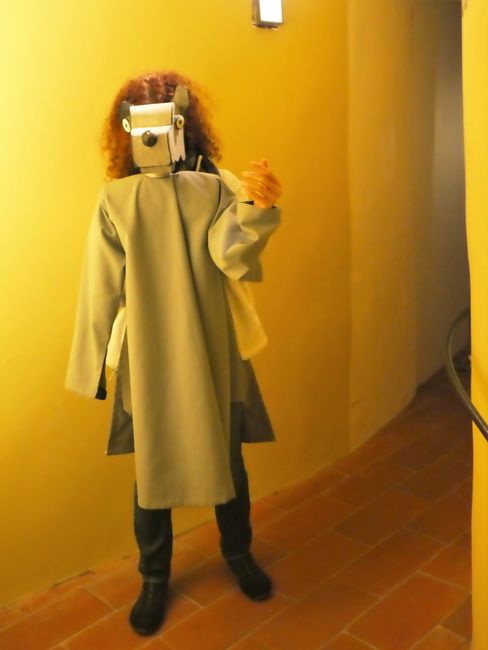
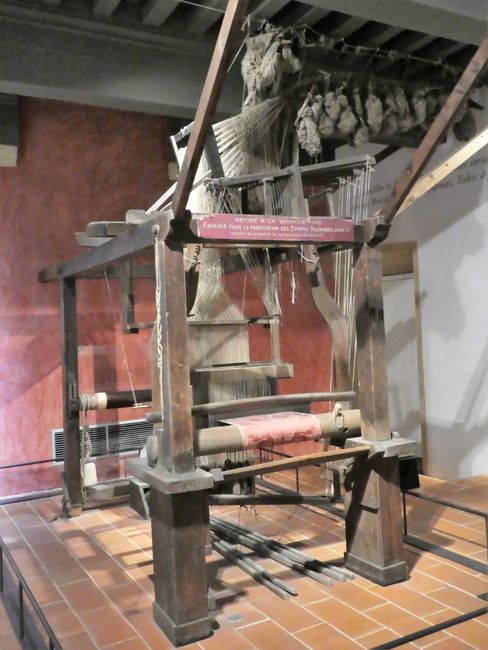
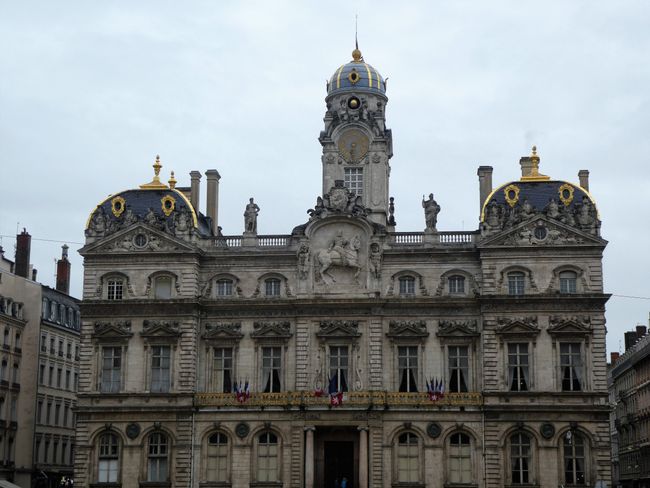
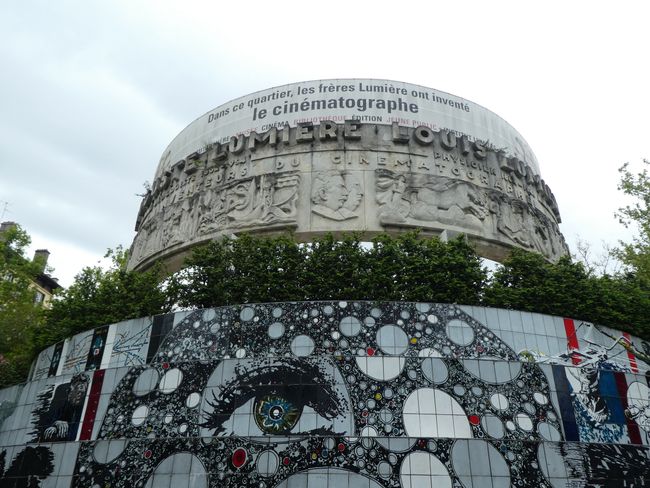
اشترك في النشرة الإخبارية
The Romans founded a city at the confluence of the Rhône and Saône rivers in 43 BC, which they called Lugdunum. It became the economically most important city in occupied Gaul.

In this metropolis, which was larger than the Paris of that time, an amphitheater was of course not to be missed. We visited the remains and some excavated pieces in the museum.

Where the temple once stood, the Basilica of Notre-Dame de Fourvière was built in the 19th century.

Inside, we found the huge mosaics depicting various scenes from the Bible, history, and worship of saints particularly remarkable - even though our tour guide classified them as 'not artistically significant'.
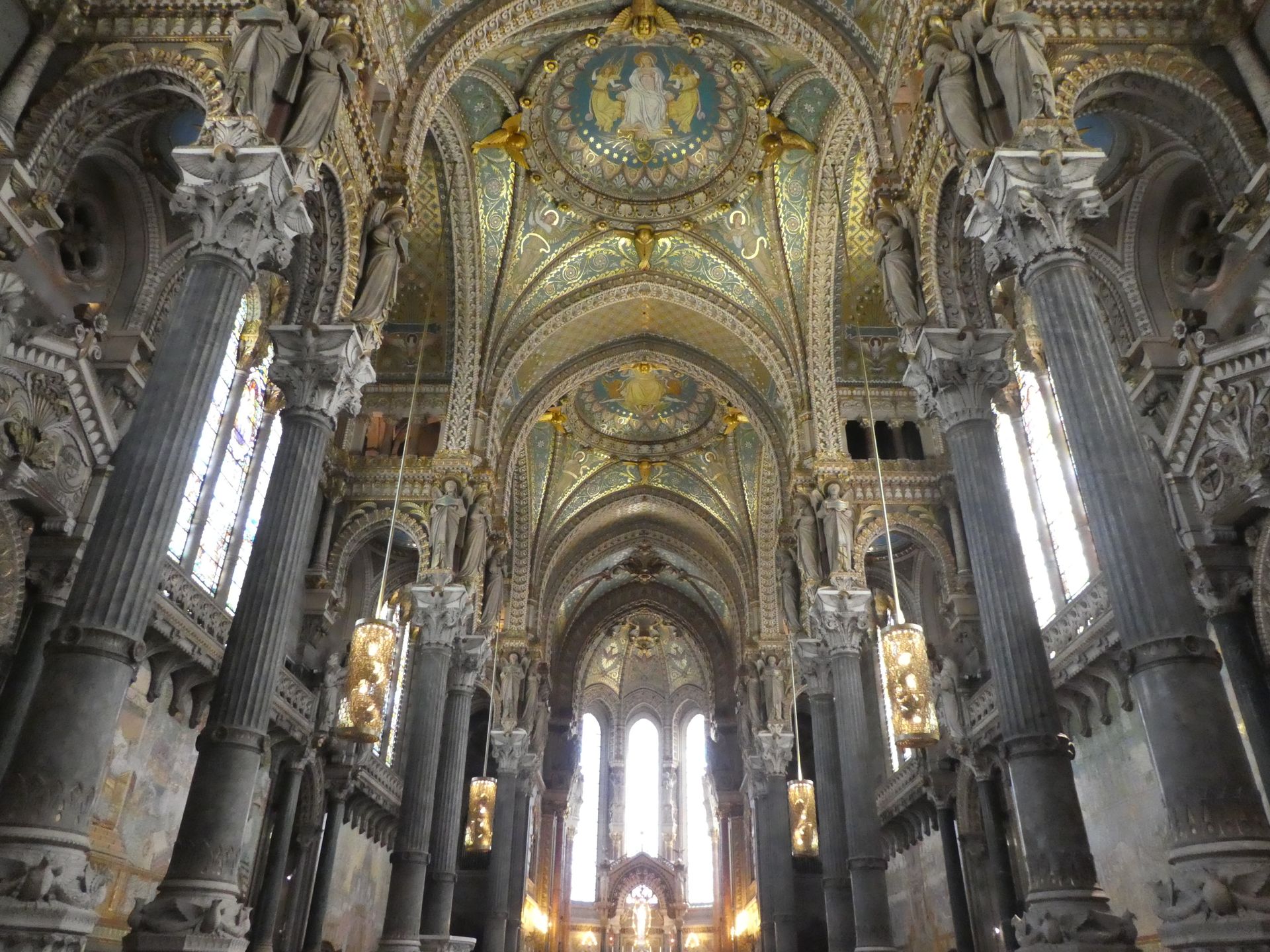
The Cathedral of Saint John is older, taking over 300 years to build.

It stands in the old town of Lyon, which was settled first after the time of the Romans. Initially, Lyon trailed behind Paris, but in the 15th century, the economic upswing began.

The silk industry brought wealth to the city - and many Renaissance-style buildings that we could see during our walk through the city.

During a guided city tour, we explored these two older parts of the city and followed our guide through the 'Traboules', small passages that connect houses, courtyards, and alleys.

Traboule
Through these passages, the silk weavers transported their fabrics. They were also protected from the rain - just like us, because it was raining heavily during the second part of the tour. We learned more about the city's history and saw some old looms in the 'Musée Gadagne' in the exhibition about the city's history.

We also saw the buildings of the older parts of the city from the water during a boat trip on the Saône. We also went to the more modern district of Confluence, which was built in the 20th century on the peninsula between the Saône and Rhône rivers.

During our visit, we also visited some museums. We stumbled upon the 'Cinema and Miniature Museum' by chance because we happened to be nearby. However, we really enjoyed the exhibition with film props. Original film sets from the movie 'Perfume' were also displayed.

In the miniature section, we were able to admire reproductions of various rooms in an extremely small area with great attention to detail. In some exhibits, you can hardly tell from the pictures that everything was in tiny scale in front of us.
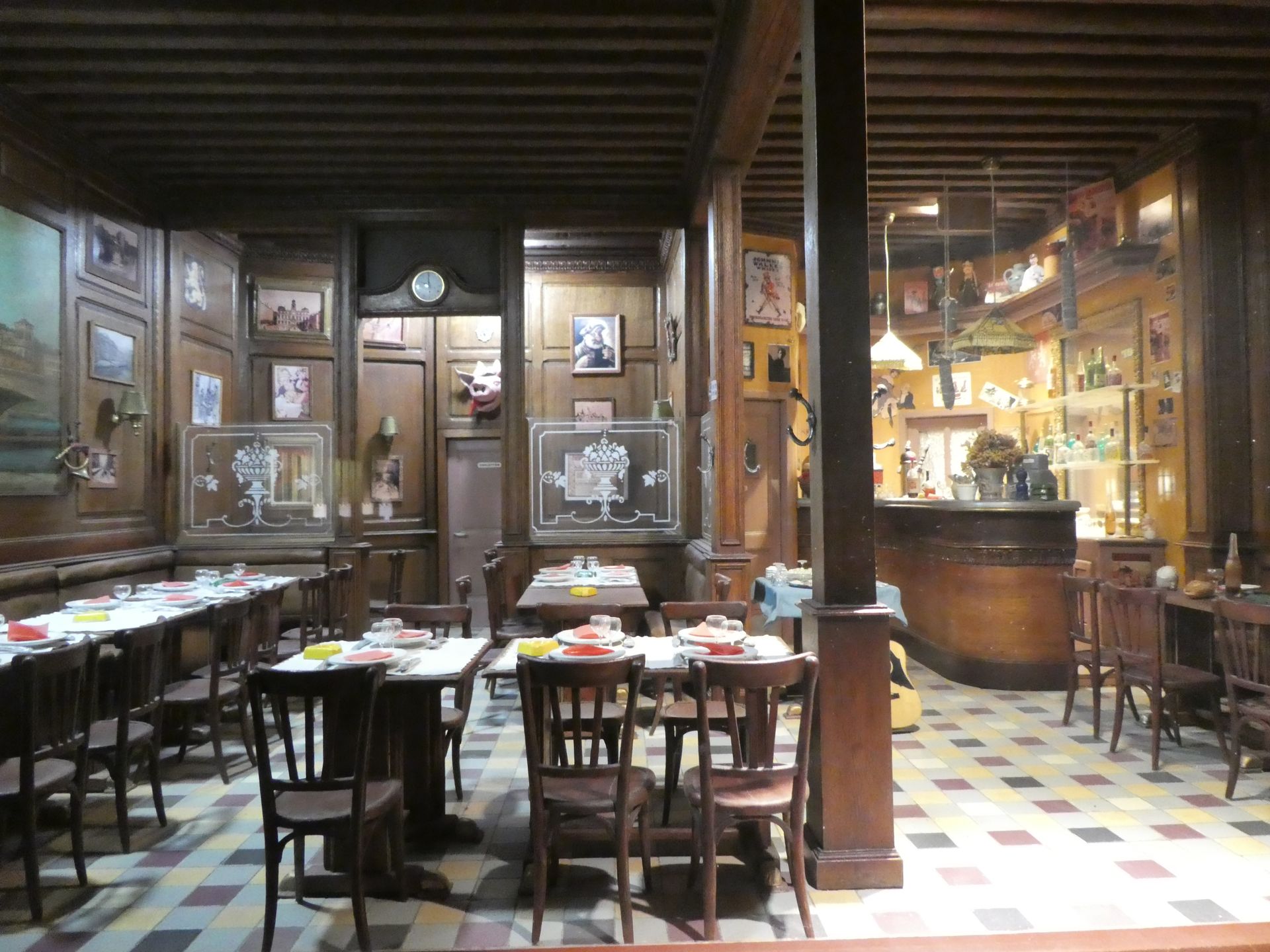
The Lumière family lived in Lyon and, in addition to their factory, built magnificent houses. One of them is still preserved today, and we learned a lot about the Lumière brothers' inventions in photography and film.

During the time of National Socialism, Lyon was a center of resistance, the Résistance. We also visited a museum that provided information about the time and resistance groups and fighters.


اشترك في النشرة الإخبارية
إجابة
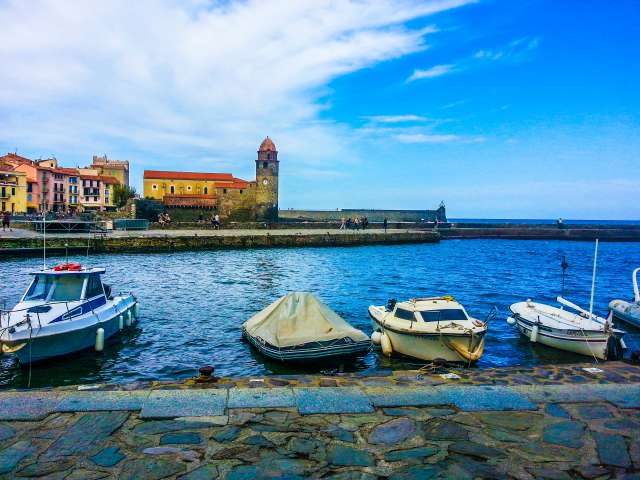
تقارير السفر فرنسا
